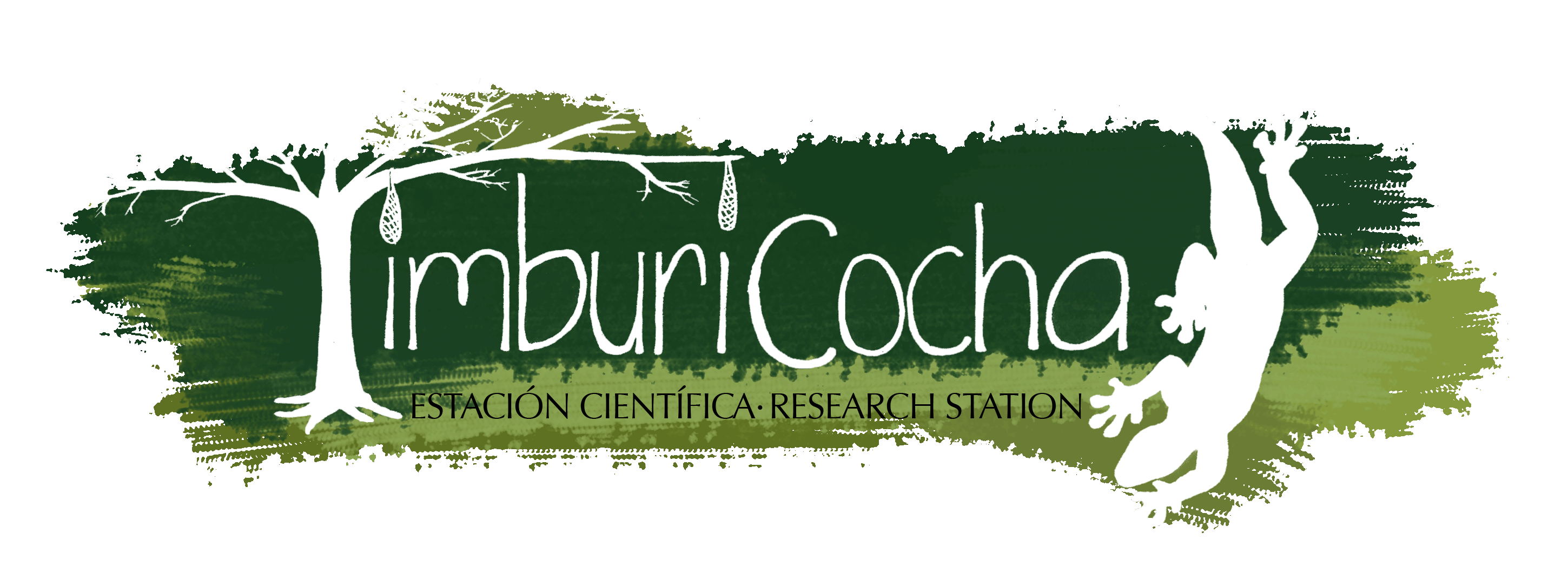

Payamino
-
Forest
Payamino
Forest
Payamino is found within the buffer zone of the Sumaco Napo Galeras National Park and is composed of both primary and secondary lowland rainforest. Secondary forest is that which has been heavily modified by human activity, such as areas of forest which have grown back after the original vegetation has been cut down. The secondary forests of Payamino are generally areas which have been left to fallow after use as farmland and have overgrown. There are many rough pathways winding through the jungle, which define the common routes of the locals between fincas, to the communal centre, or to the so called "desbanque", a clearing wide enough for a car to drive down most of its length (though none do so, as there are other obstacles for a motorised vehicle).
Primary and secondary forest are visibly different in terms of vegetation. For a start, primary forest is older, thus will usually have more well-established long-lived types of vegetation, while the younger secondary forests are often characterised by a chaotic understory of fast-growing species. In either case, both boast two important traits of the rainforest: an astounding level of diversity and layers of living organisms coating each other, from the ground into the canopy.
In terms of wildlife, there is much yet to be discovered. New insect species have been described from specimens collected and photographed in Payamino, the growing list of birds in the area currently numbers over 300 species, various snakes slither through the leaf litter, groups of monkeys swing through the forest, the sound of the forest at night says something about the rich frog diversity, and camera trap studies have demonstrated the presence of ocelots, tapirs, agoutis, armadillos, and more.
Another important feature of the Payamino is its main river, after which the area is named. Rio Payamino decends from the Andes and passes through the province's capital, Puerto Francisco de Orellana (better known as "El Coca"), eventually joining other tributaries emptying into the Amazon River. Other smaller rivers and streams run through Payamino, such as the Tutapishku (Kichwa for bat – or "night bird") and the Churuyaku ("snail river"). As anywhere, the waterways are a life source, providing water to drink, with which to cook, and in which to bathe, as well as protein in the form of fish. In Payamino, they are also the highways, and you can't go far without crossing some level of water. The river contributes many aquatic species to the biodiversity of the place, from crustaceans to catfish to river otters.
On the map

Ecuador
